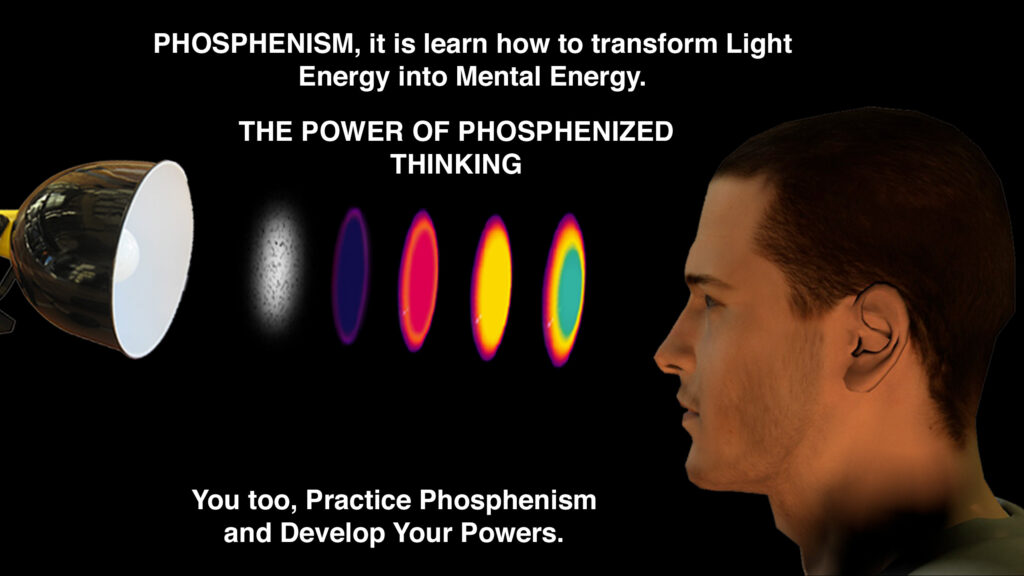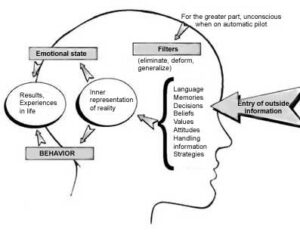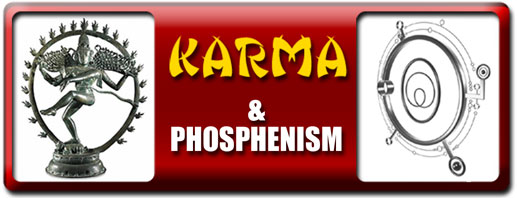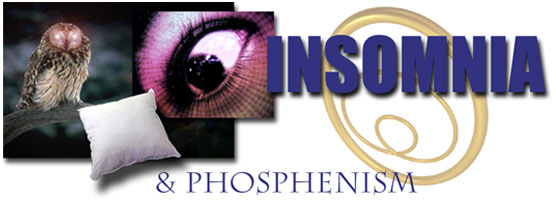SITEMAP THEMES I: MANDALAS, RUNES
MANDALAS, RUNES & SYMBOLS
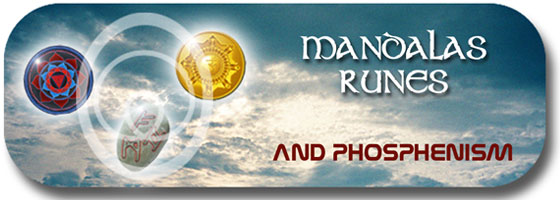
SYMBOLS, RUNES AND MANDALAS
Many traditions use graphic representations, not only to symbolize the sacred, but also for inspiration or even direct communication with that realm.
Generally, the studies of Western academics remain on a purely intellectual level as they consider all these representations to be metaphors. Similarly, certain pseudo-esoteric studies only lose themselves in conjectures when the power of symbols, runes and mandalas is actually real.
Doctor Francis Lefebure performed much research on the brain’s ability to produce images, these studies can lead us to a scientific and physiological understanding of the mechanisms that create runes, symbols and mandalas. His studies are based on the systematic use of the phosphenes, which are a unique means to measure certain cerebral parameters that cannot be detected any other way.
The phosphenes are all the subjective perceptions of light, i.e. all the sensations of light which are not directly generated by light stimulating the retina. The images of dreams or what neurologists call hypnagogic visions (visions perceived in half-sleep) belong to that class of sensations.
By stimulating the third zone of the cuneus with an electrical current, phosphenes are produced. These phosphenes always have geometrical shapes: squares, circles, triangles and crosses, as well as straight and broken lines. This zone of the brain is thus specialized in the production of images with geometrical shapes.
Though they are sometimes complex, symbols, runes and mandalas can be broken down to the basic geometrical shapes that compose them. Indeed, a mandala is characteristically a drawing of a square containing a circle, with several other subdivisions possible.
Also, the geometrical shapes generated by the brain can sometimes be animated with movement. The triskelion, a Celtic rune and the swastika, a sanskrit symbol, both are a representation of a cross in motion.
Carl Gustav Jung relates many cases of spontaneous appearances of geometrical shapes (runes, symbols and mandalas) in the dreams of his patients. He interprets them as a representation of the self, the archetype of psychic wholeness.
However there are interpreted, runes, symbols and mandalas are very interesting mediums of meditation. You can try the following experiment:
Experimenting with the phosphenes
This experiment is based on the technique of Phosphenic Mixing design by Dr Lefebure. It consists in maintaining a particular image in your mind’s eye during the presence of a phosphene produced by focusing on a source of light. In this case, there are two possible variations:
1) Choose a symbol, a rune or a mandala that you find inspiring.
Do a phosphene.
Think about the chosen symbol, mandala or rune. (Visualize it, bring back its memory to your mind).
Repeat this operation during at least 15 minutes, for example before going to sleep, for several days in a row. (The more you practice this exercise, the more chances you have to obtain a result.)
2) Practice the same exercise as above, but using the image of a rune, a symbol, a mandala or a geometrical shape that you have seen appear spontaneously during a dream, a session of meditation or while falling asleep.
Keep practicing every day for at least a week. You will be surprised by the results…
Importante Note
We have done our best to provide you with the most accurate translation of our french website. Nevertheless, it is possible that some language errors may remain. So, don’t hesitate to contact us to communicate them to us.
Thank you for your indulgence and for your consideration of the many hours spent translating all our pages and, more particularly, all the testimonies we share with you so that you may become aware of the impact that Phosphenism can have on those who practice it.
Wishing you the best with your practice of Phosphenism.
Daniel Stiennon (Dr. LEFEBURE School Director, France)
